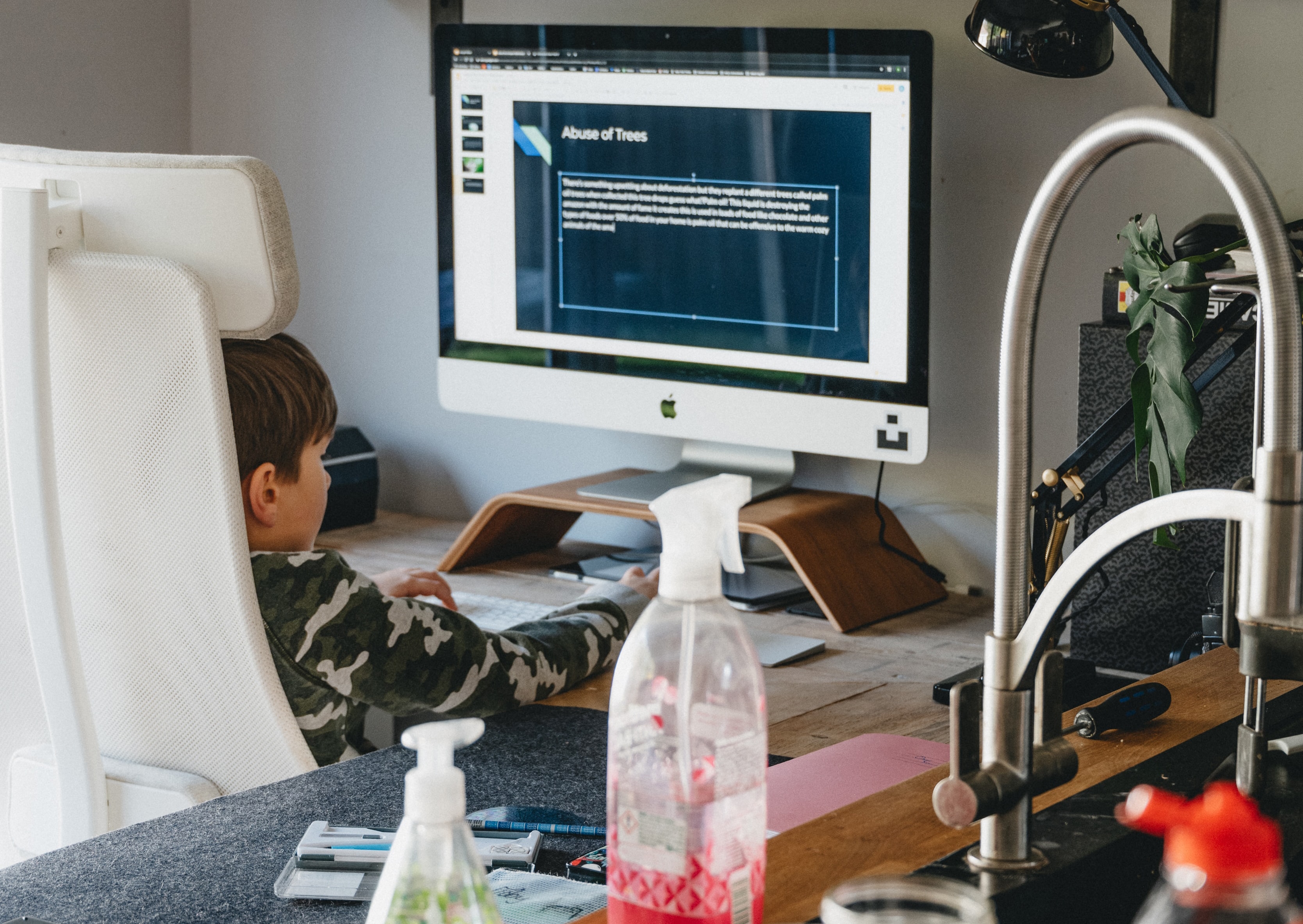The right learning corner goes a long way in helping children improve their learning experience. Ideally, this space should be distraction-free to maximise their productivity and so they retain more valuable information.
This requires considerable effort and consideration from parents. Here we'll learn how to create the perfect learning corner for your child and give them the perfect place to learn and explore their creative side. Let’s take a look!
Find the Space for The Learning Corner

While sometimes you have no other choice, ideally a learning corner should be outside their bedroom. For toddlers and preschoolers, this gives you a better opportunity to supervise them while they're learning.
Plus, their rooms are filled with toys, gadgets, and many other distracting things they can grab and lose focus on the task at hand. Ages seven and older usually have more self-control not to start playing with the closest thing in sight and remain focused on learning.
If your child shares a room with their siblings, each should have a separate learning corner, preferably in different rooms. This is because they can distract each other, either by playing or by not staying silent when someone else requires quiet to remain focused.
Set up the learning area in a space with ample sunlight. Your teenager might prefer darker rooms, but even they'll benefit from brightness. It will uplift their mood and boost their motivation. Use artificial lights with a soft, yellow light instead of a harsher light one to make the space more inviting.
Gather the Essentials
Every child's learning corner should include essentials like a comfortable space, a chair, a great kid's desk, a lamp, books, and everything else the child needs to provide the best learning experience.
For pre-school-aged kids, this might be a simple chair and desk combo, plenty of pencils, crayons and paper, and perhaps a pin-up board. School-aged children might also require space for a computer, coursebooks, and chart papers and posters.
They might also need space for preparing presentations and school projects. For younger children, investing in adjustability is a marvellous idea, as you'll only need to change a few things around as they grow. Standing desks, for example, are a fantastic choice for height accommodation. They also have plenty of storage room for essentials.
Eliminate Clutter
Eliminating clutter and keeping the space clean is challenging, especially with younger children. For ages under seven, have a box ready for gathering all the materials during and after a learning session. If you have older kids, explain how they can keep their workspace organised.
This could include putting what belongs in the drawers right after use, not bringing toys to the study corner, and similar steps. While they can place a few pieces of their artwork, posters or proof of their past achievements above the desk for motivation, don't let them go overboard with accessories.
There is nothing wrong with personalisation. However, you don't want them to get distracted by shiny objects and vibrant colours all the time.
If the space includes too many accessories and artwork, your children may lose focus. The same applies when painting the room and selecting furniture for it. The key is to find the balance between inspirational and distracting.
Keep a Healthy Balance in Mind

Unless you have a young toddler whose learning corner is set up in the living room, your child shouldn't spend too much time in their learning corner. If they do, they're either struggling with an assignment (in which case you'll want to step in) or playing instead of learning.
You want them to understand how to keep a school-life balance at an early age. Hyerfocusing on learning leads to anxiety and burnout. To avoid this, install a reminder for them how long they should stay in the study corner. For ages 5-8, this shouldn't be more than 2 hours.
For ages 9-12, this number is increased to 3-4 hours, while those 13 years and older can spend up to 5 hours, depending on how much studying they must do. After this period, the child should have another planned activity, preferably something involving physical exercise.
Due to this length of time, it's important that they use an ergonomic chair to prevent any aches and pains. A high quality office chair can give them the support to need so they can focus on the task at hand without being uncomfortable.
Display Their Schedule
Besides a consistent routine, children also need structured schedules from an early age. While they're unlikely to remember it in detail, even preschoolers will like to see their tasks displayed in a visible space in their learning corner.
You can design it together and hang it up near their desk. With the mounting number of responsibilities they gain as they advance classes, training, and more, school-aged children will also welcome a visible reminder of what they have planned for the day/week.
With smaller kids, this won't be an issue. However, with children over 10, you'll also need to keep adjusting their schedules. For them, a simple whiteboard would make it efficient to avoid wasting time when making alterations.
Final Thoughts
Now that you know what to do and what mistakes to avoid when designing a learning corner for children, it will be much easier to set up and tailor their study space as their needs change.
As you start implementing the strategies we’ve looked at here, don't forget to consider your children’s feedback. As they grow older, children want to establish their autonomy and independence, so they'll want to be involved in the process as much as possible.
Asking for their opinion on what they want in their learning corner is an excellent bonding opportunity and a great way to raise confident and self-assured children.